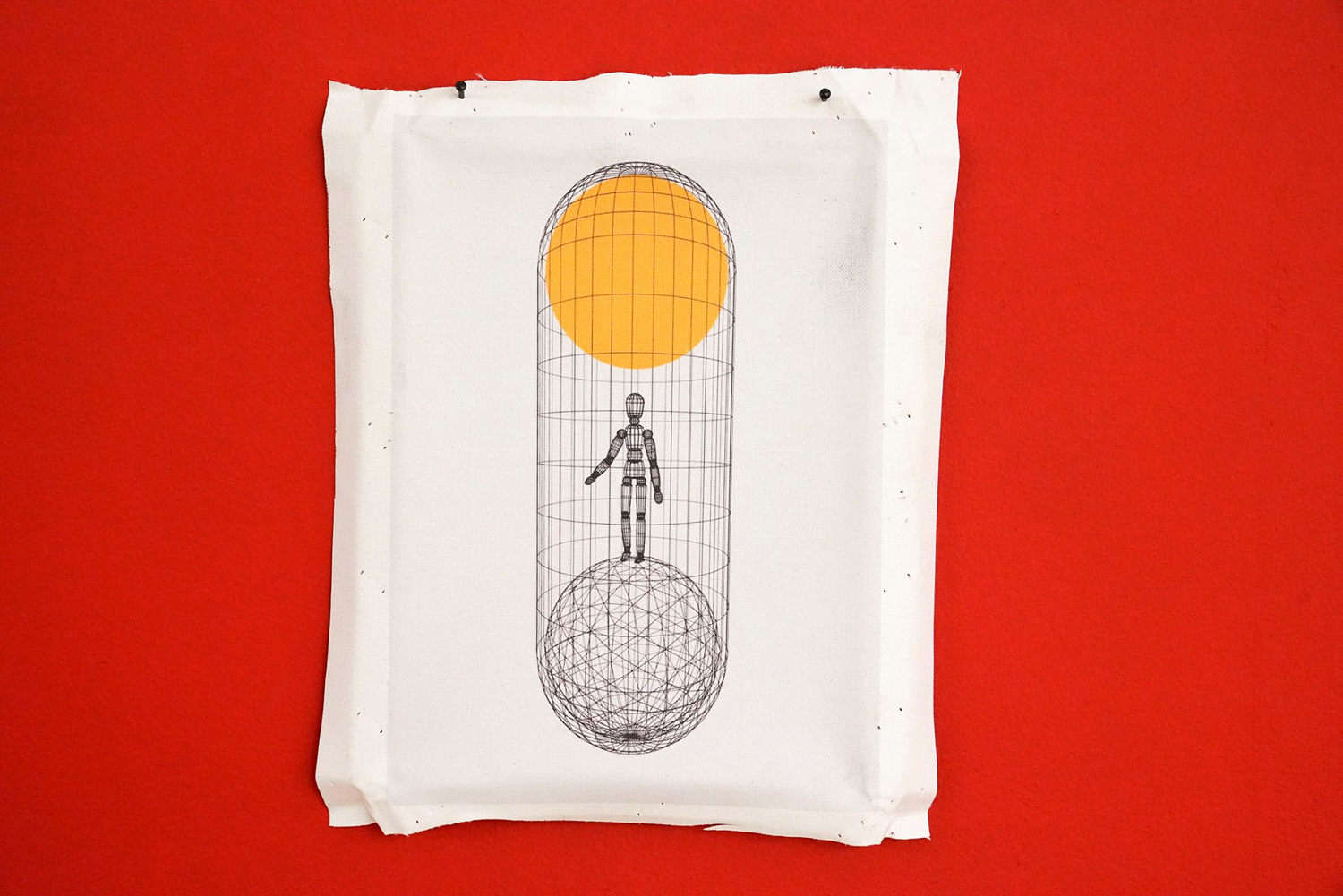Pedro Cabral Santo’s Endless
I was a guest artist at Pedro Cabral Santo’s Endless solo show in Guimarães.
Pedro Cabral Santo, Endless.
curated by: Ivo Martins.
Jan 27th > Apr 21st, 2018.
Centro Cultural Vila Flor, Guimarães, Portugal.

miguel soaresprints |
||
SearchCategories
most viewed |
Pedro Cabral Santo’s Endless2018.Jan
I was a guest artist at Pedro Cabral Santo’s Endless solo show in Guimarães. Pedro Cabral Santo, Endless.
Project for Arte de Furtar, Stolen Books2017.Oct
Project for Arte de Furtar, edited by Stolen Books.
O Colégio das artes em Directo do Museu de Arte Antiga2017.Sep
O Colégio das artes em Directo do Museu de Arte Antiga.
Rrevolução2017.Jun
Rrevolução. Posters comemorating 100 years of the Russian Revolution.
poster catalogue.
exhibition view. photo: Nuno Coelho. 2048, Galeria Graça Brandão, Lisbon (exhibition)2016.Jun
MIGUEL SOARES 2048 Galeria Graça Brandão Lisboa Inauguração | Opening
Faz este ano quinhentos anos a primeira edição de “Utopia” de Thomas More, relato de um viajante português descrevendo uma ilha ficcionada onde pareciam ter sido resolvidos os principais problemas da sociedade de então. No projecto agora apresentado na Galeria Graça Brandão, Miguel Soares simula momentos num hipotético futuro próximo, pegando em certas ideias retiradas da “tradição utópica” portuguesa (Camões, António Vieira, Pessoa), da teoria das Três Idades de Joaquim de Fiore, da utopia de More, ou ainda de elementos da escatologia de algumas das principais religiões, fundindo-as com ideias mais recentes como a da Singularidade Tecnológica (Stanislaw Ulam, Vernor Vinge, Ray Kurzweil), ou a da Hipótese da Simulação (Trilema de Bostrom) que terá raízes anteriores, na Alegoria da Caverna de Platão, por exemplo. A progressiva automatização e substituição do trabalho humano pelo de máquinas poderá um dia libertar o ser humano, tornando todo o sistema económico, político e até a própria ideia de Estado desnecessários? A Singularidade Tecnológica sugere que entre 2040 e 2045 o futuro desenvolvimento da Inteligência Artificial poderá dar origem ao início de um movimento exponencial em que máquinas constroem outras máquinas cada vez mais perfeitas, numa progressão que escapará à compreensão imediata do ser humano. Pouco depois, em 2048 será o centenário de “1984″ de George Orwell. Segundo esta proposta de Miguel Soares, apresentada através de uma animação vídeo e um conjunto de imagens, este movimento criaria uma espécie de “máquina do mundo” capaz de cuidar e alimentar cada ser humano e gerir os recursos do planeta. Será o capitalismo e a competição apenas uma ferramenta, a única, para chegar a tal porto? Poderia esta sucessão de eventos dar origem a um salto evolutivo no ser humano, permitindo por exemplo, a cada pessoa encontrar a sua vocação natural? —- This year is the 500th anniversary of the first edition of Thomas More’s Utopia, the account of a portuguese traveller who describes a fictional island where the major problems of the society of the epoch seemed to have been resolved. In his project at Galeria Graça Brandão, Miguel Soares simulates moments of a hypothetical nearby future, borrowing certain ideas from More’s Utopia and Joachim of Fiore’s Three Ages, as well as from the Portuguese “utopic tradition” (Luís de Camões, António Vieira, Fernando Pessoa); together with elements taken from the eschatology of some of the main religions, assembling them with the more recent ideas of Technological Singularity (Stanislaw Ulam, Vernor Vinge, Ray Kurzweil), and the Simulation Hypothesis (Bostrom’s trilemma), which has ancient roots in Plato’s Allegory of the Cave. Will the progressive automation and replacement of human labour by machines be capable of setting the human being free, rendering obsolete the entire economical and political systems, and even the conception of State? The Technological Singularity suggests that between 2040 and 2045 the future development of Artificial Intelligence may originate an exponential event in which machines build other, more perfect machines, in a progression that will evade human beings’ immediate understanding. Soon after, in 2048, it will be the centenary of George Orwell’s 1984. According to Miguel Soares’ proposal, articulated around an animation video and a set of images, this movement will create a sort of “machine of the world” capable of looking after and nourishing each human and managing the resources of the planet. Is capitalism and competition only a tool, the only tool, to reach such goal? Could this succession of events generate an evolutionary leap in the human being, allowing for each person to find, for instance, their natural vocation?
2048 (prints/image list)2016.Jun
MIGUEL SOARES 2048 Galeria Graça Brandão Lisboa Inauguração | Opening image list
Dark Planets2015.Oct
Dark Planets,
One More Step, Le Monde Diplomatique2015.Mar
One More Step, na edição de Março de 2015 do jornal Le Monde diplomatique – edição portuguesa.
Tags: 2015
One More Step2015.Feb
One More Step,
online: Calçada da Estrela, 132, Lisboa, CD cover images, Rádio Macau’s “Space Monster”.2014.Jul
CD cover images, Rádio Macau’s “Space Monster”.
Tags: 2014
Negativland 2012 poster (Lisbon)2012.Oct
made for the 2012 Negativland’s live performance in Lisbon.
Negativland lecture poster2008.May
29.7 × 42.0 cm poster made for Mark Hosler lecture in portuguese universities:
Planets2008.Mar
Planets made for Prémio BES Photo 2007, Museu Colecção Berardo, Centro Cultural de Belém, Lisboa
Tags: 2008, BES Photo 2007
Liine 2008 prints2008.Mar
7 Durst Lambda prints on aluminium. I removed the middle section on some limousines, putting them back to the “original size”. see also: Liine video
|
|